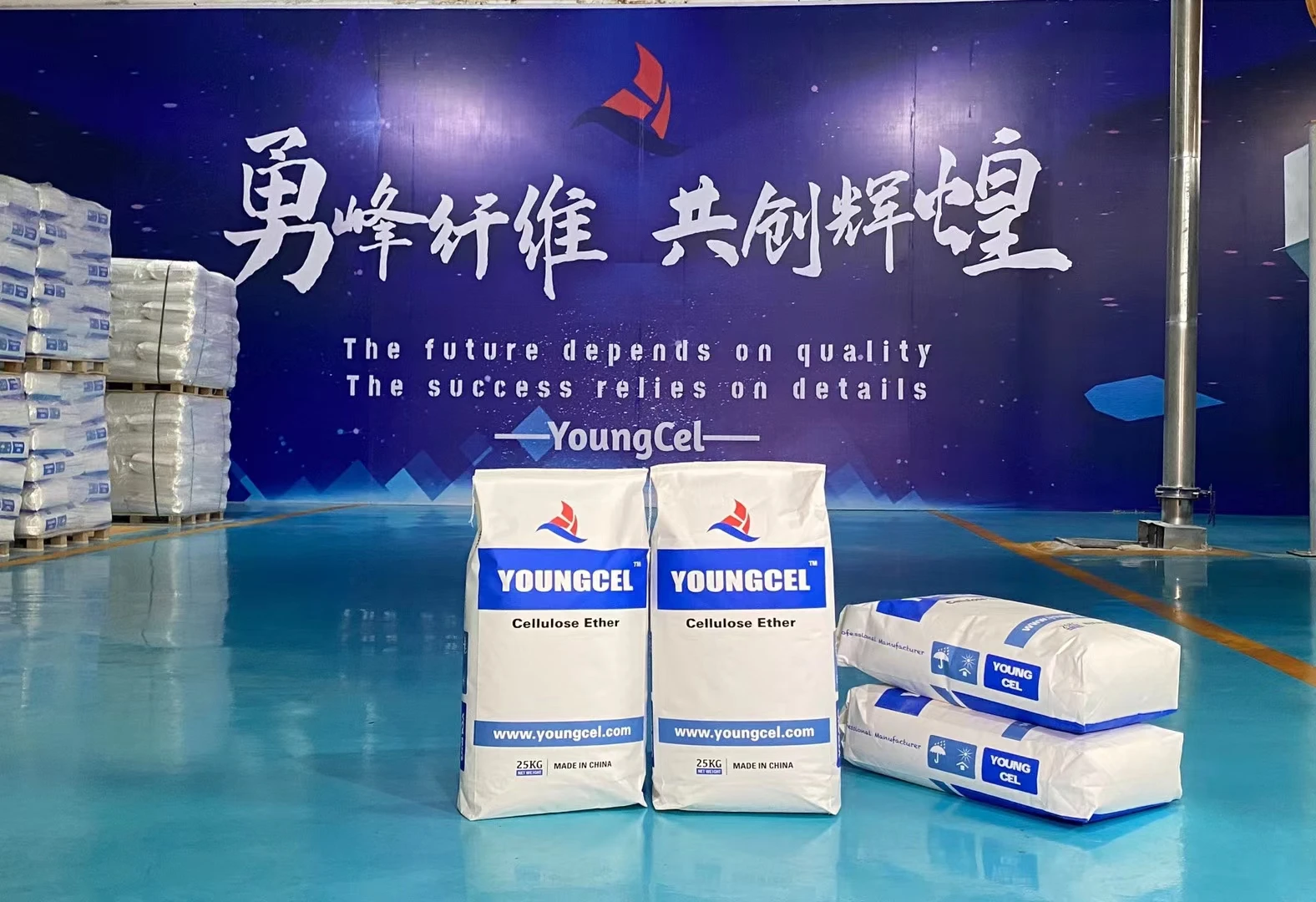Understanding Cement Dissolver Chemicals
In the construction and demolition industries, the removal of cement residues can often be a daunting task. Cement dissolver chemicals have emerged as vital substances that facilitate this process efficiently. These chemicals are engineered to break down hardened cement and concrete, making them invaluable for equipment maintenance, surface preparation, and environmental sustainability.
What are Cement Dissolver Chemicals?
Cement dissolver chemicals are specialized formulations designed to penetrate and degrade hardened cement compounds. They primarily consist of acid-based solutions that are capable of breaking the bonds within the cement matrix. Common active ingredients include phosphoric acid, hydrochloric acid, and various biodegradable compounds that can effectively dissolve cement without causing excessive harm to the underlying surfaces or the environment.
Applications of Cement Dissolver Chemicals
1. Concrete Removal One of the primary uses of these chemicals is in the removal of old concrete from machinery, tools, and equipment. For instance, when construction vehicles or concrete mixers accumulate hardened cement, applying a cement dissolver can save time and labor costs, preventing the need for intensive scrubbing or abrasive methods.
2. Surface Preparation Before applying new layers of paint, sealants, or adhesives, it is crucial to prepare the surfaces properly. Cement dissolvers help in eliminating old residue that could interfere with adhesion, ensuring better bond strength and longer-lasting results.
3. Restoration and Repair In renovation projects, especially where historical structures are involved, professionals often face the challenge of removing outdated cement without damaging the original materials. Here, cement dissolver chemicals provide a gentle yet effective solution, making it possible to restore surfaces while preserving their integrity.
4. Environmental Considerations Many modern formulations of cement dissolver chemicals are designed to be biodegradable and less harmful to the environment. This has become increasingly important as industries strive to align with eco-friendly practices and regulations. The use of less corrosive alternatives reduces the risk of environmental contamination, making these chemicals a safer choice for safety-conscious contractors.
cement dissolver chemical

Safety Considerations
Although cement dissolver chemicals can effectively break down hardened cement, they need to be handled with caution. Many of these chemicals are acidic and can cause skin burns or respiratory issues if not used appropriately. It is essential to wear protective gear, including gloves, goggles, and masks, when handling these substances. Furthermore, users should always follow the manufacturer’s instructions and safety data sheets to ensure safe usage.
Best Practices for Application
1. Pre-application Testing Before applying a cement dissolver, it's advisable to test the product on a small, inconspicuous area to assess its efficacy and observe any potential side effects on the surface beneath.
2. Dilution Some products may require dilution with water for optimal results, depending on the thickness of the cement to be removed. Always check the instructions regarding dilution ratios.
3. Application Method Cement dissolver chemicals can be applied using spray bottles, brushes, or cloths. Ensure an even coating across the surface to maximize effectiveness.
4. Rinsing After the cement has been dissolved, thoroughly rinse the area with water to remove any remaining chemical residue. This step is crucial to prevent any damage to surfaces or harm to the environment.
Conclusion
Cement dissolver chemicals play an essential role in modern construction and renovation practices. By facilitating the removal of hardened cement safely and effectively, they streamline processes that would otherwise require significant time and resources. As the industry continues to evolve, the development of more eco-friendly and efficient dissolvers will undoubtedly shape the future of construction, making it more sustainable and less labor-intensive. Investing in these chemicals is not just about convenience but also about enhancing productivity while being responsible stewards of the environment.
-
Rdp Powder: Key Considerations for Wholesalers in the Building Materials IndustryNewsJul.08,2025
-
Key Considerations for Wholesalers: Navigating the World of Hpmc - Based ProductsNewsJul.08,2025
-
Hpmc Detergent: Key Considerations for WholesalersNewsJul.08,2025
-
Key Considerations for Wholesalers: China Hpmc For Tile Adhesive, Coating Additives, Concrete Additives, and MoreNewsJul.08,2025
-
Crucial Considerations for Wholesalers: Navigating the World of Construction MaterialsNewsJul.08,2025
-
Key Considerations for Wholesalers Sourcing Additive For Cement, Additive For Concrete, Additive For Putty from Additive Manufacturer Shijiazhuang Gaocheng District Yongfeng Cellulose Co., Ltd.NewsJul.08,2025




